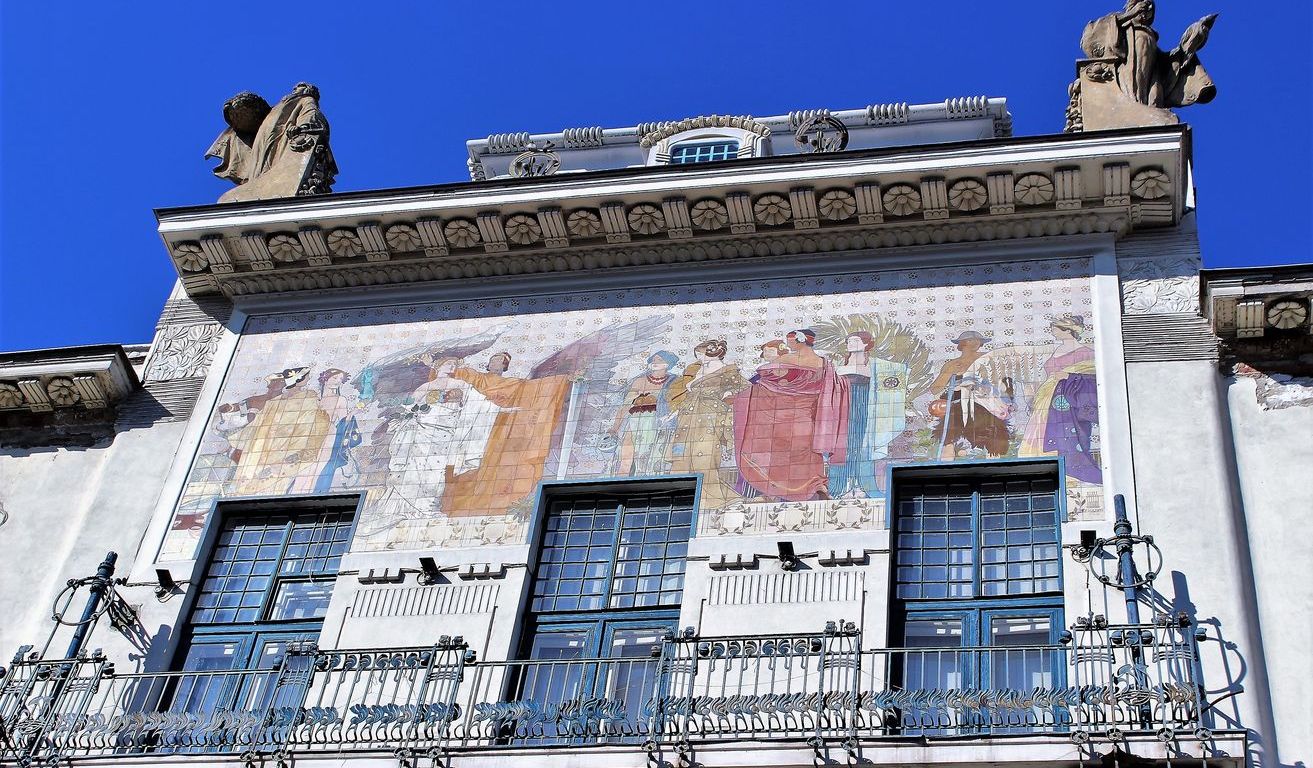Team: Khrystyna Boiko (UA/MD), Maximilian Euteneuer (D), Oleksii Yakoviichuk (UA)
Schedule
The fall of the Soviet Union set off a comprehensive change of remembrance culture in its constituent republics – like in Ukraine and Moldova.
In the last 20 years, the public space in both countries has become more and more diverse. The symbols and heroes of the Soviet Union have disappeared, new historical characters are honored with monuments, streets and squares are renamed. Democratization has opened the way for public representation of the past by different social groups and ‘communities of memory’: traditional (such as Soviet veterans, former KZ prisoners) as well as new ones (e.g., victims of Stalinist repressions, former deportees, various minorities). But sometimes debates become a struggle for the sovereignty of interpretation of history that can divide society.
Tracking these changes in a reportage could lead to a better understanding of current politics and media discourses. Especially in German media, the culture of remembrance of this region has rarely been a topic so far. I am still in a process of identifying historical items, of which pobably only a part can be edited. Here a few suggestions:
- the remembrance of Taras Shevchenko (national poet, who influenced modern Ukrainian literature and also inspired the protestors during the Maidan Revolution)
- the remembrance of Holodomor (the famine, which killed an estimated 5 million or more people, more than 3.9 million of them Ukrainian)
- the changing narratives in relation to World War II (especially, the remembrance of the OUN (Organization of Ukrainian Nationalists) and UPA (Ukrainian Insurgent Army) and its leaders, which is an often discussed reason for controversy)
- the remembrance of Stefan cel Mare (Stephen the Great, Prince of Moldavia during the late Middle Ages, seems to be a historical character, who is seen as a national hero by a large number of Moldovians)
- the controversial cultural relationship between Moldova and Rumania (Unification of Romania and Moldova)
- Last but not least, the regional culture of remembrance in the border region should be a focal point (How are the above-mentioned historical items seen in Chernivtsi and Bălți? Are there any differences to the rest of Ukraine and Republic of Moldova? I have heard that the former membership to the Habsburg Empire is still visible in the cityscape of Chernivtsi – To what extent is, for example, ‘Habsburg’ a cultural reference for its inhabitants? How is it possible to pass on the memory when the memories of the primary witnesses are no longer available?).
The main aspects to illustrate the topic well could be the following:
- history politics (Interviews with politicians – What is the current political agenda regarding remembrance culture?)
- the transformative power of memory (To what extent is the culture of remembrance in Ukraine and Moldova linked to political development? ‘vox populi’ – What is the mood on the street? What has changed and how is this change valued?)
- historical background (Interviews with historians to bring in historical explanations – What is the academic perspective?)

You must be logged in to post a comment.